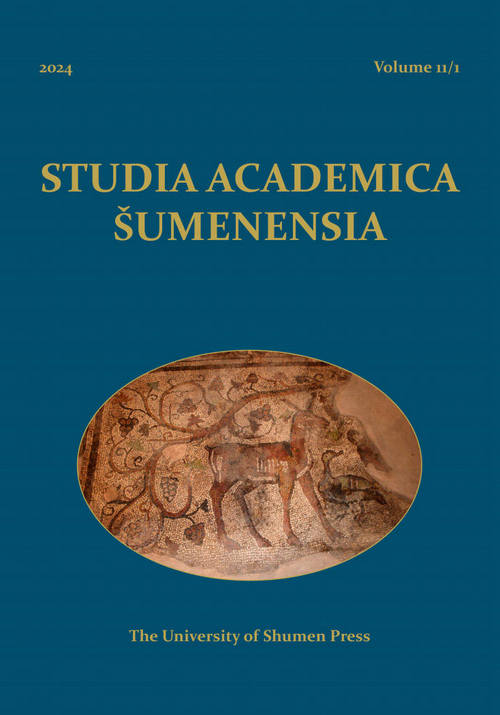Hard facts and (exciting) assumptions: new approaches in archaeology
Hard facts and (exciting) assumptions: new approaches in archaeology
Author(s): Falko Daim, Roman Sauer, Katharina RichterSubject(s): History, Archaeology, Ancient World
Published by: Шуменски университет »Епископ Константин Преславски«
Keywords: Early medieval archaeology; Carpathian Basin; Avar Empire; avars; HistoGenes; Leobersdorf; Mödling - An der Goldenen Stiege; archaeogenetics
Summary/Abstract: In eastern Central Europe, in the Carpathian Basin, the Avar Empire existed from AD 568 to ca. 800. Numerous written sources and a rich archaeological legacy provide an excellent basis for a new population history, which is being written as part of the major international project HistoGenes “Integrating genetic, archaeological and historical perspectives on Eastern central Europe 400-900 AD”. The latest scientific methods are used, particularly archaeogenetics, which make it possible to determine relationships within and among the settlements. What were the living conditions like and what were the social rules? Can migrations and connections with neighbouring peoples be traced? A total of 6000 aDNA samples are analysed. Two cemeteries in Austria, Leobersdorf and Mödling - An der Goldenen Stiege, underwent complete archaeogenetic analyses. This article compares the two cemeteries, reviews the hard facts of archaeological evidence and demonstrates how archaeogenetics can contribute to a better understanding of early medieval societies. It also shows that social groups of different ancestry can form a common culture in a unified dominion, especially evident in the forms of representation, i.e. the jewellery worn by men and women.
Journal: Studia Academica Šumenensia
- Issue Year: 11/2024
- Issue No: 1
- Page Range: 107-141
- Page Count: 35
- Language: English

